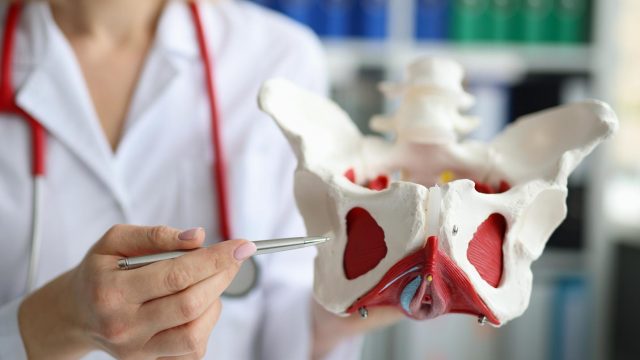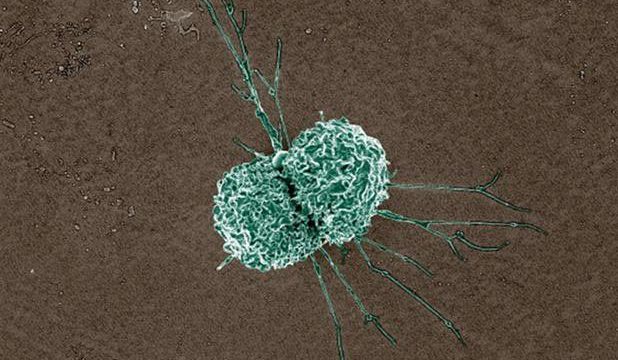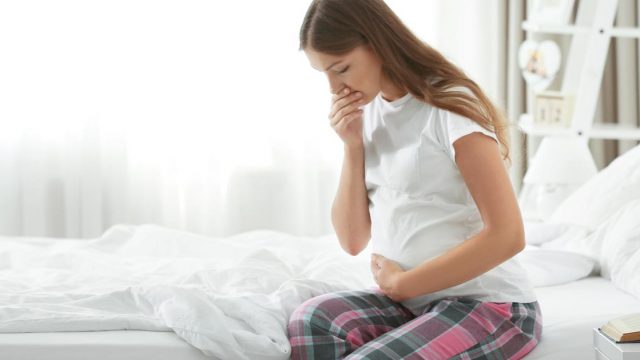Half of long COVID patients show symptoms at 2 years

Researchers report that two years after diagnosis half of patients hospitalized with COVID-19 have at least one ongoing symptom.
The findings appeared in on May 11, 2022 in Lancet Respiratory Medicine.
Lead author Professor Bin Cao, of the China-Japan Friendship Hospital in Beijing, said “Our findings indicate that for a certain proportion of hospitalised COVID-19 survivors, while they may have cleared the initial infection, more than two years is needed to recover fully from COVID-19. Ongoing follow-up of COVID-19 survivors, particularly those with symptoms of long COVID, is essential to understand the longer course of the illness, as is further exploration of the benefits of rehabilitation programmes for recovery. “
The investigators enrolled subjects who had survived hospitalization with COVID-19 and who had been discharged from Jin Yin-tan Hospital (Wuhan, China) between Jan 7 and May 29, 2020.
They analyzed health outcomes at 6 months (June 16–Sept 3, 2020), 12 months (Dec 16, 2020–Feb 7, 2021), and 2 years (Nov 16, 2021–Jan 10, 2022) after diagnosis.
They used a 6-min walking distance test, laboratory tests, and a series of questionnaires on symptoms, mental health, health-related quality of life, return to work, and health-care use after discharge.
“Age-matched, sex-matched, and comorbidities-matched participants without COVID-19 infection (controls) were introduced to determine the recovery status of COVID-19 survivors at 2 years,” the authors noted.
The investigators reported that 1192 COVID survivors completed assessments at the three follow-up visits. They were included in the final analysis. The median age at hospital discharge was 57 years, and 54% (n=641) were men.
At 6 months from diagnosis, 68% (777/1,149) of participants reported at least one long COVID symptom. At two years, the number fell to 55% (650/1,190).
The subjects frequently reported fatigue or muscle weakness, with 52% doing so (593/1,151) at six months to 30% (357/1,190) at two years.
Almost half of the COVID subjects (650/1,190) continued to have symptoms of long COVID at two years.
At 2 years, the subjects were generally in poorer health than the general population, with 31% (351/1,127) reporting fatigue or muscle weakness and 31% (354/1,127) reporting sleep problems. In the comparator group of non-COVID subjects, the proportion reporting the same problems was 5% (55/1,127) and 14% (153/1,127), respectively.
Long COVID subjects were also more likely to report problems with mobility (5% [33/650]) or activity levels (4% [24/540]) than those without long COVID (1% [8/540] and 2% [10/540], respectively).
In terms of mental health, the investigators found that, among subjects with long COVID, 13% (83/650) had symptoms of anxiety and 11% (70/649) had symptoms of depression. For non-COVID subjects the proportions were 3% (15/536) and 1% (5/540), respectively.
The authors concluded, “Regardless of initial disease severity, COVID-19 survivors had longitudinal improvements in physical and mental health, with most returning to their original work within 2 years; however, the burden of symptomatic sequelae remained fairly high. COVID-19 survivors had a remarkably lower health status than the general population at 2 years. The study findings indicate that there is an urgent need to explore the pathogenesis of long COVID and develop effective interventions to reduce the risk of long COVID.”




